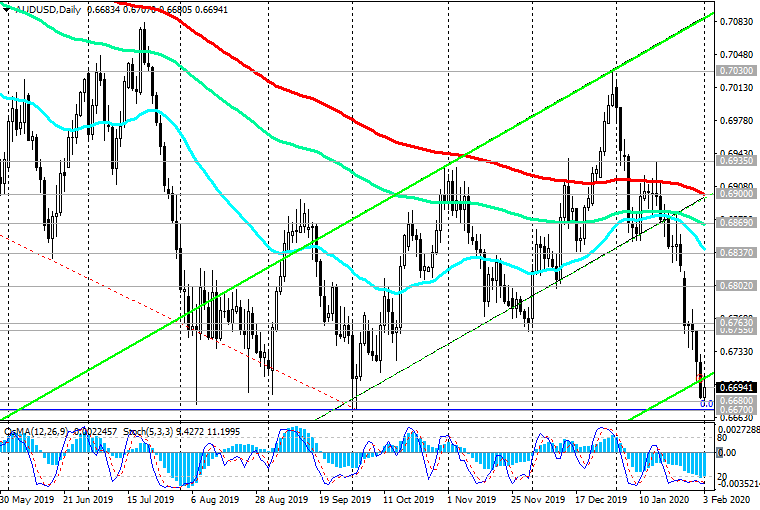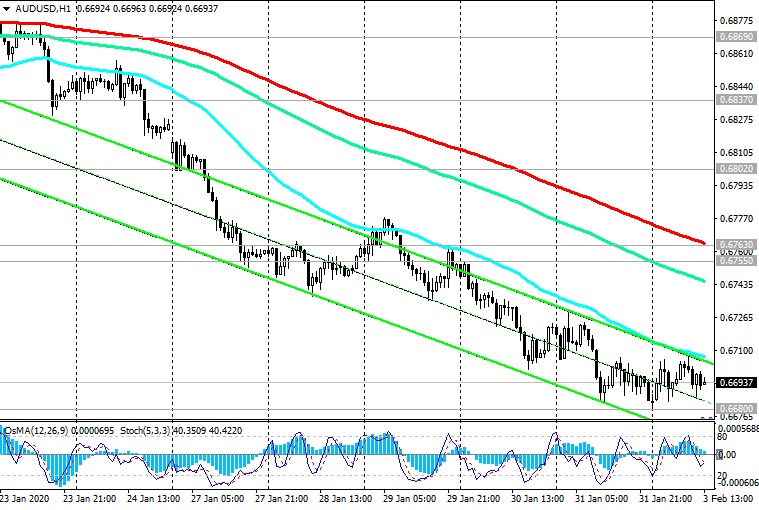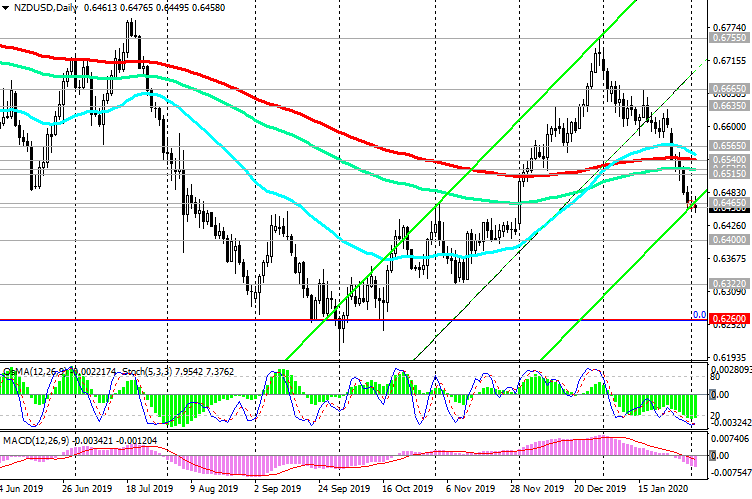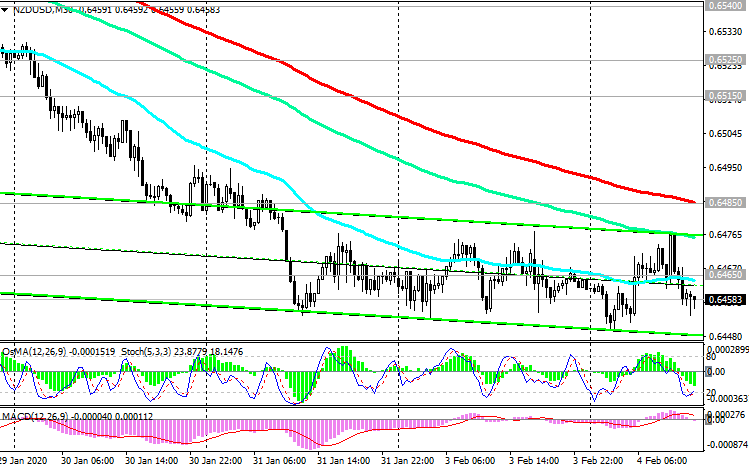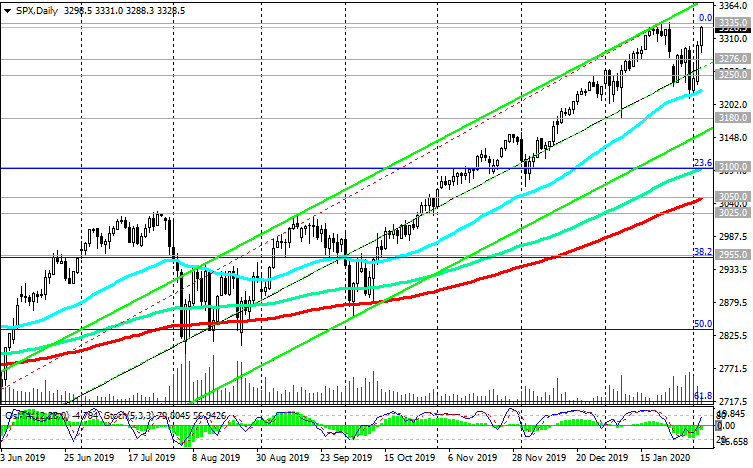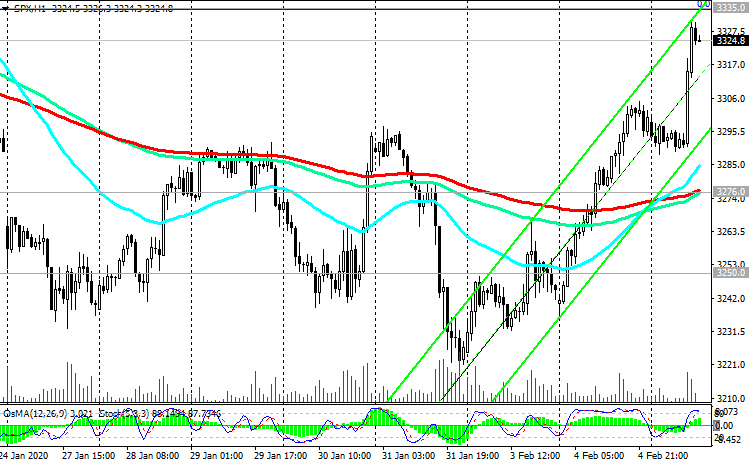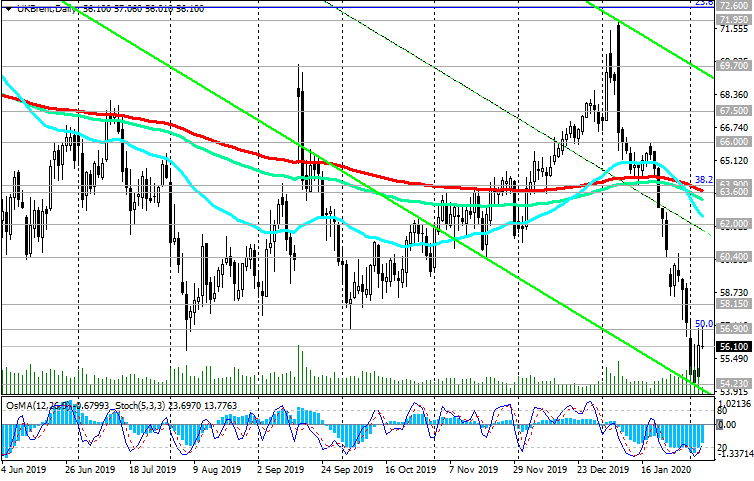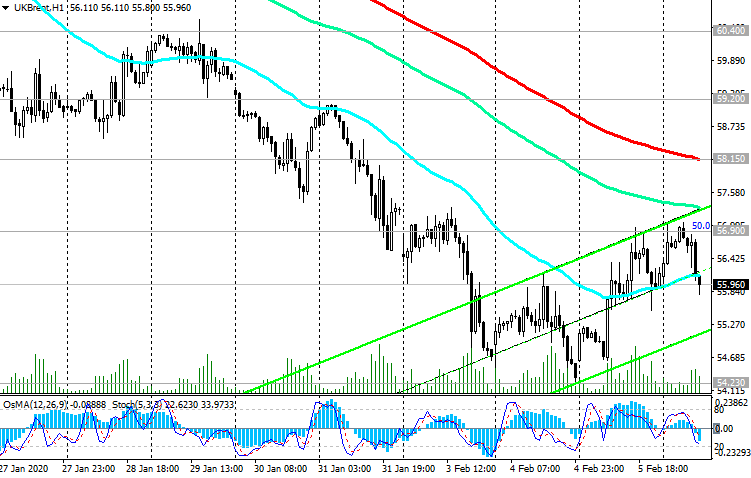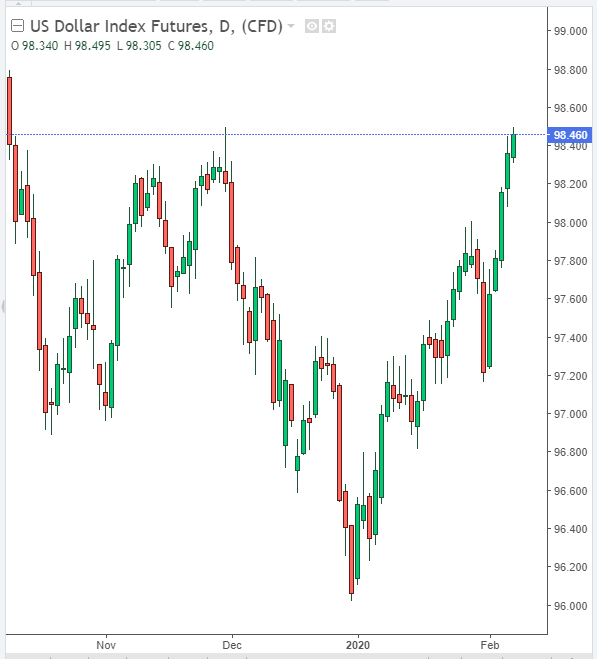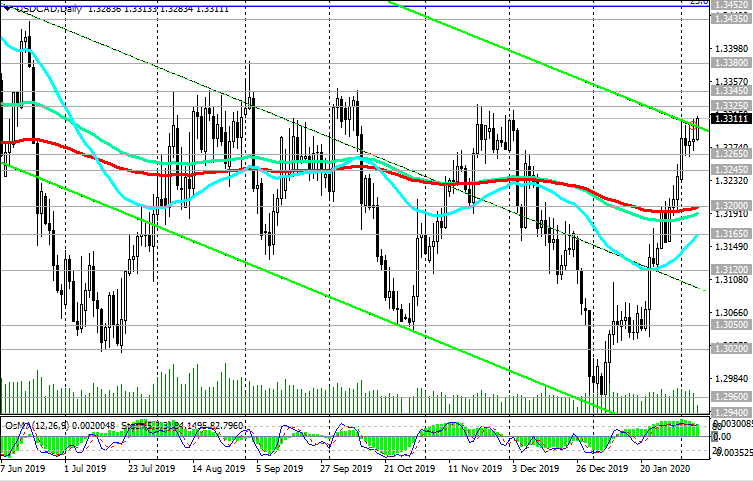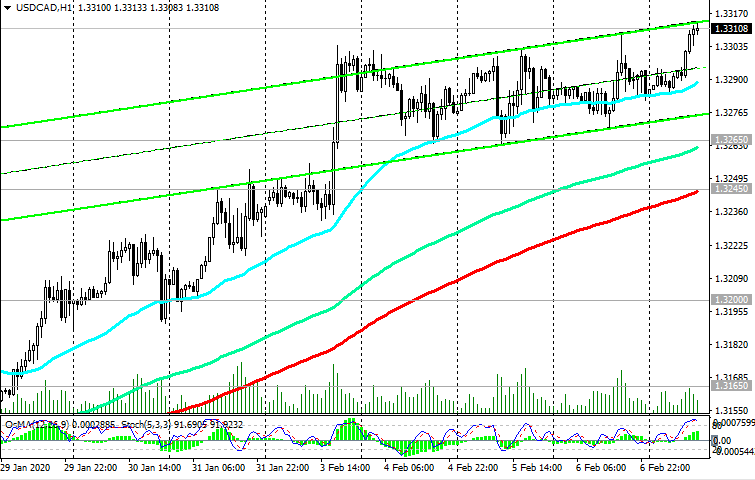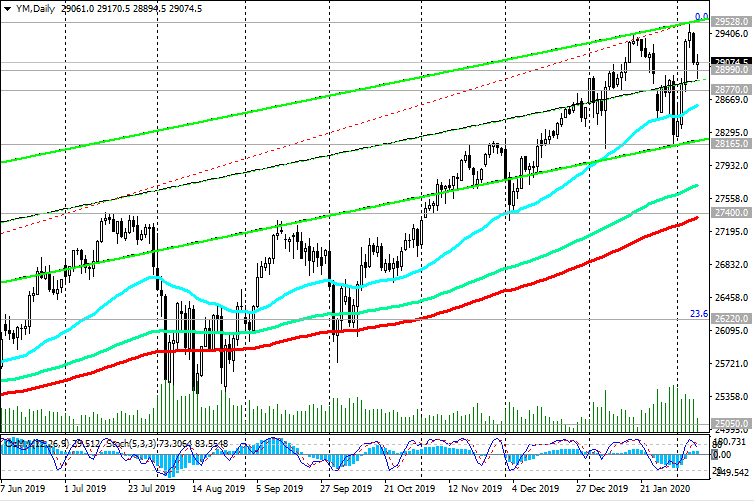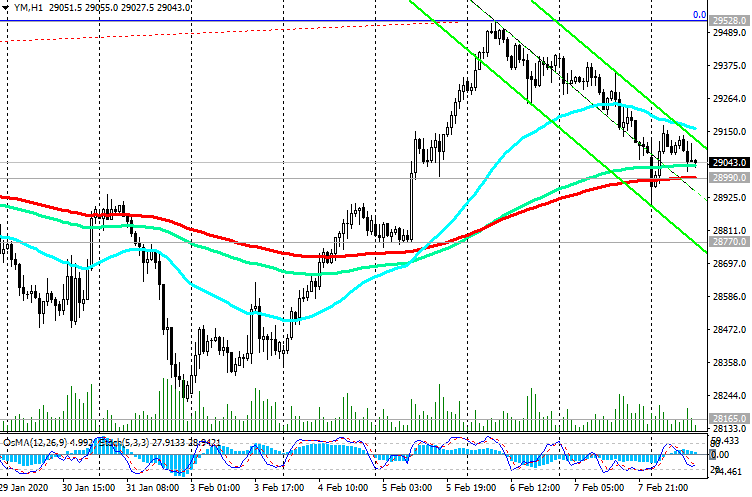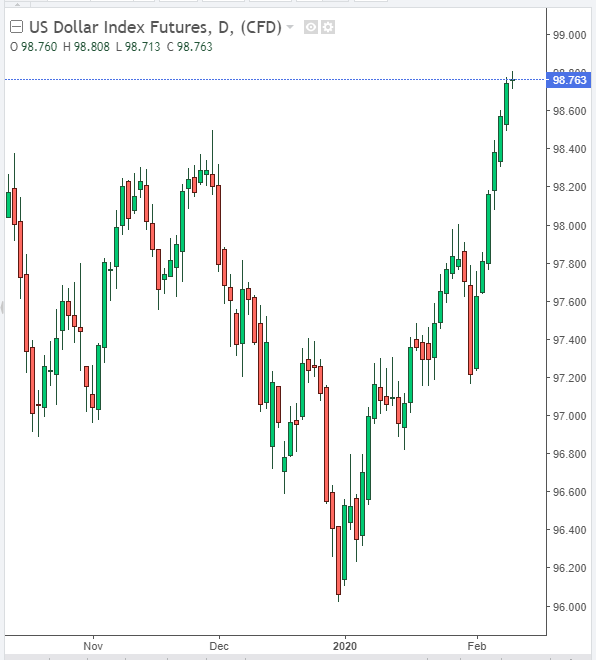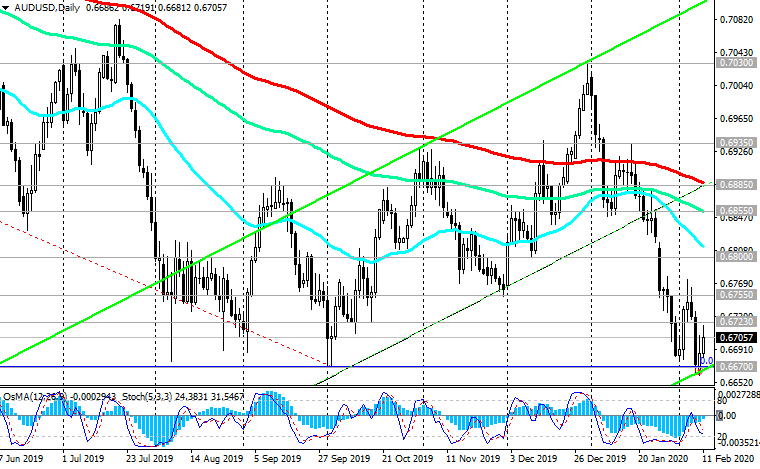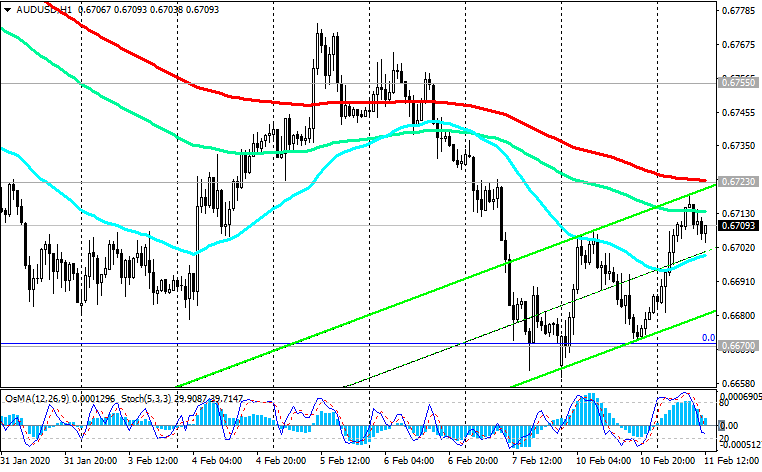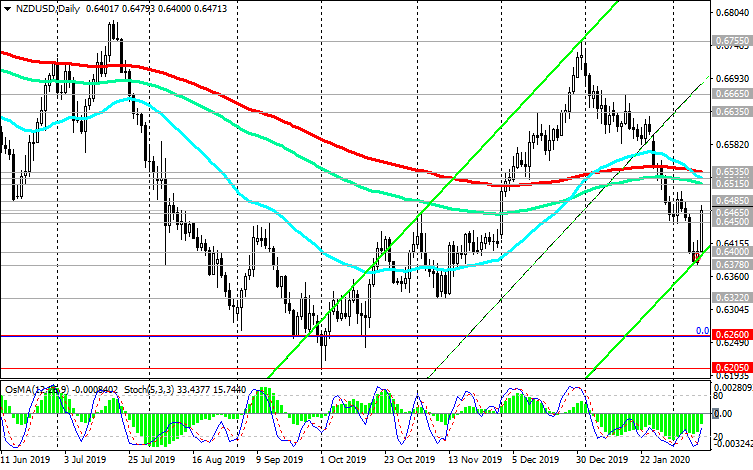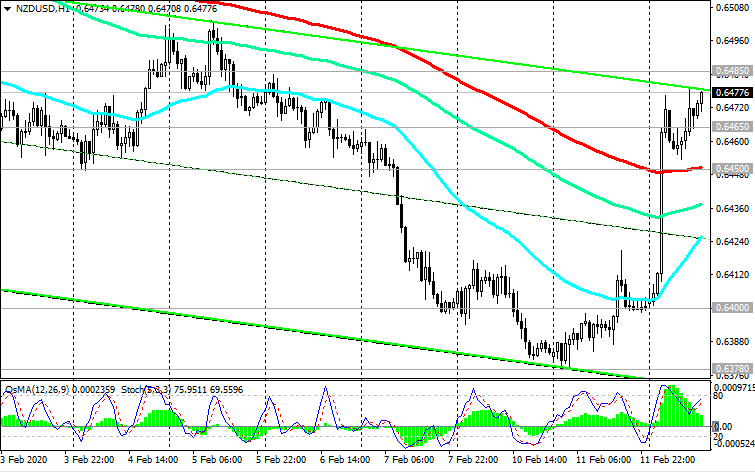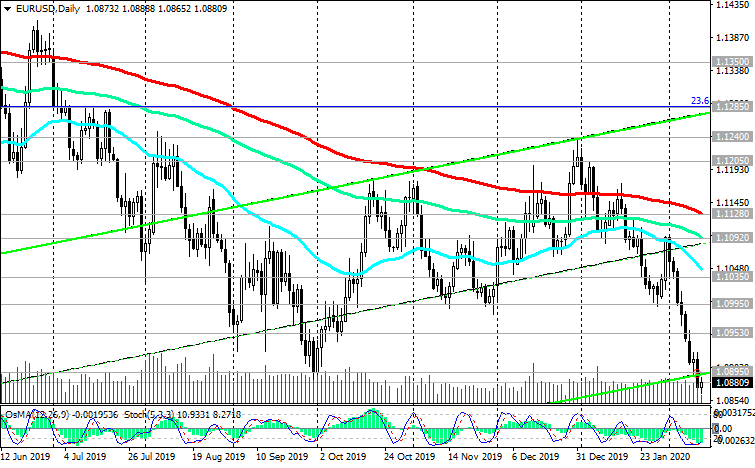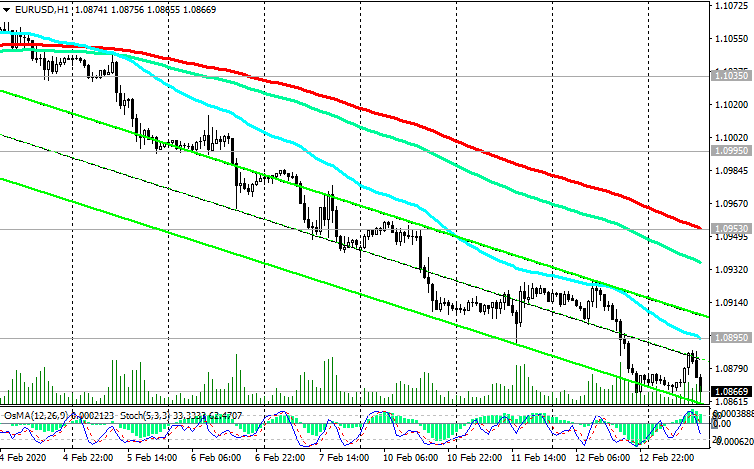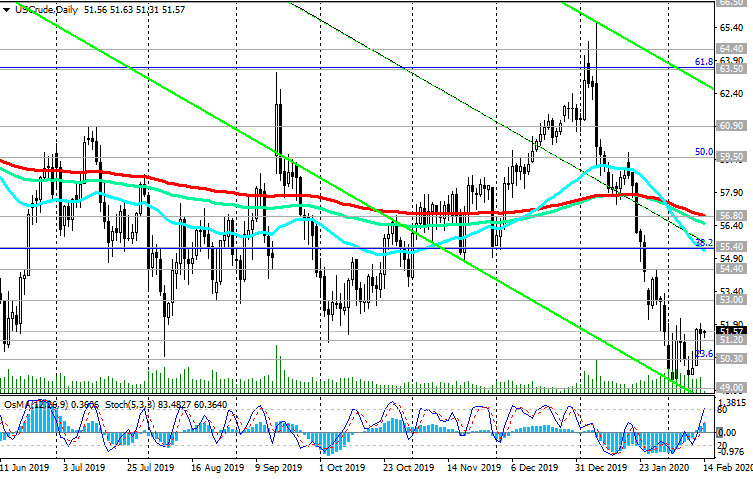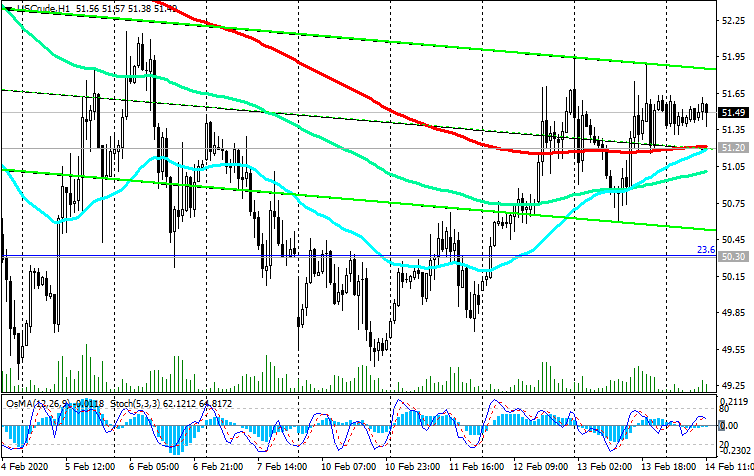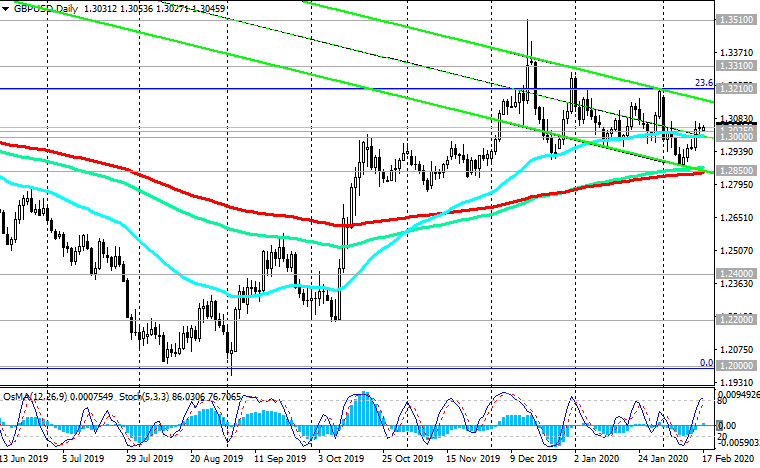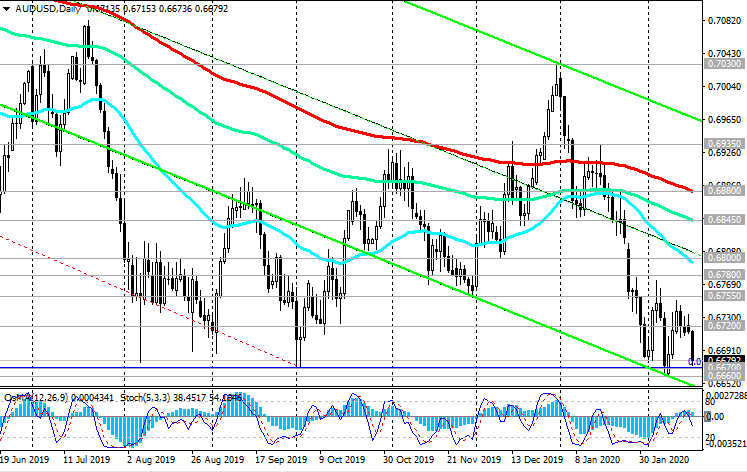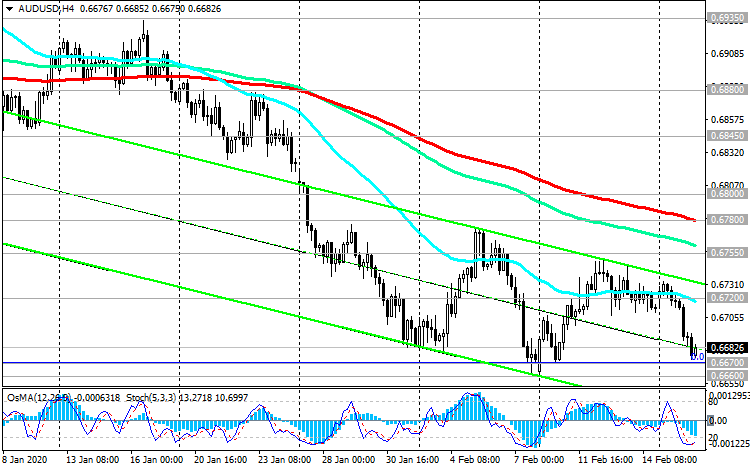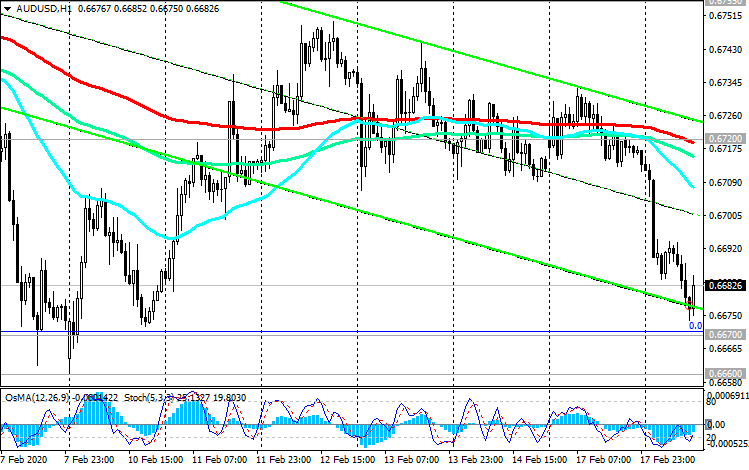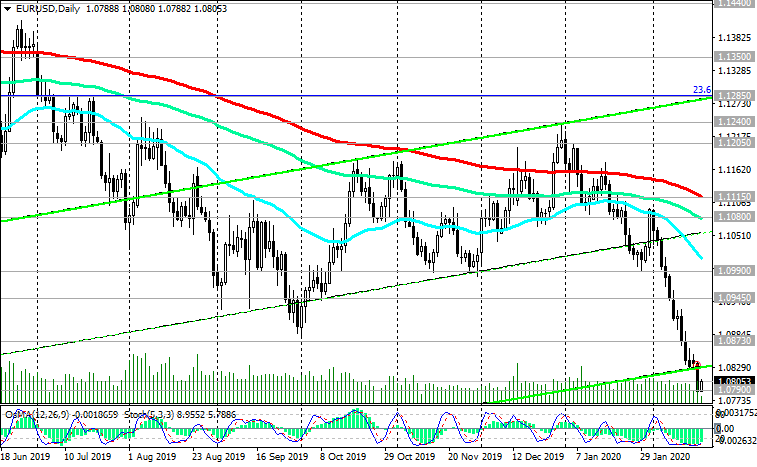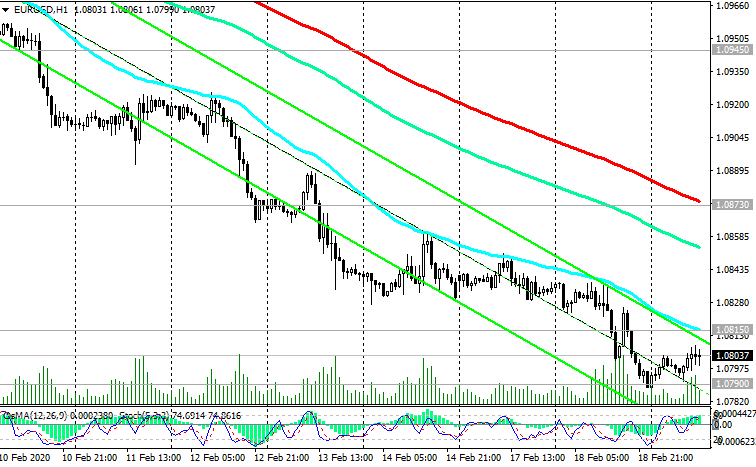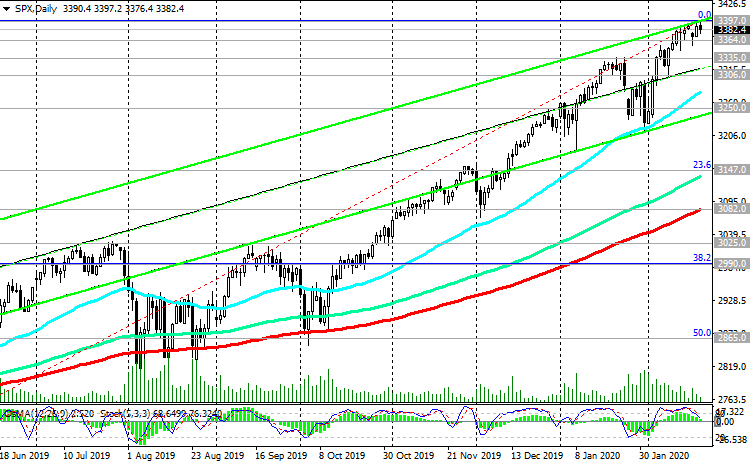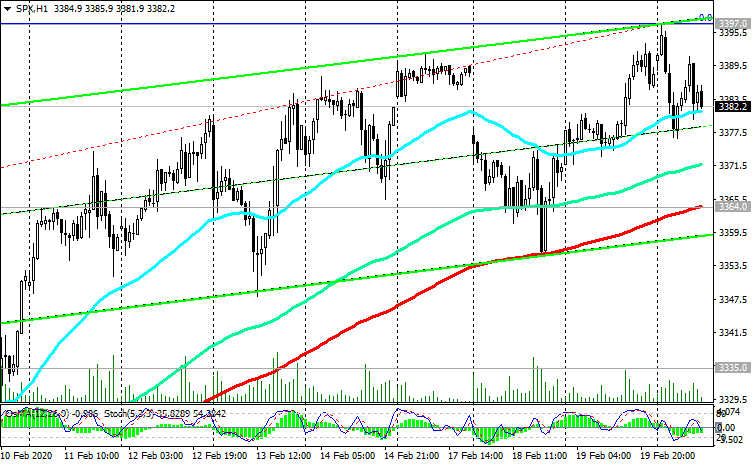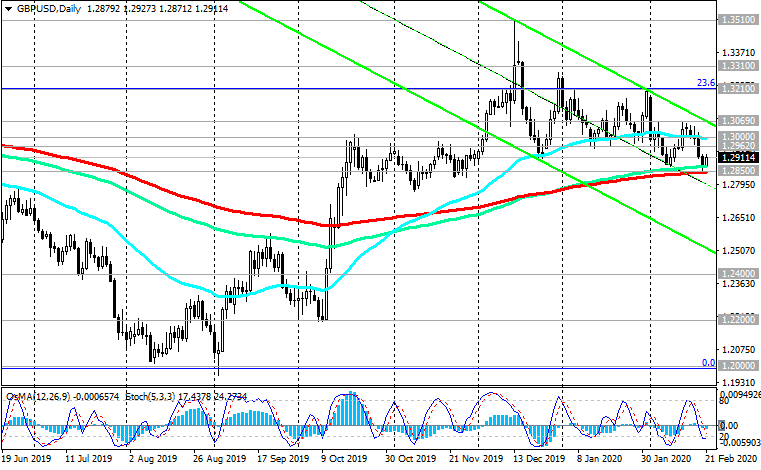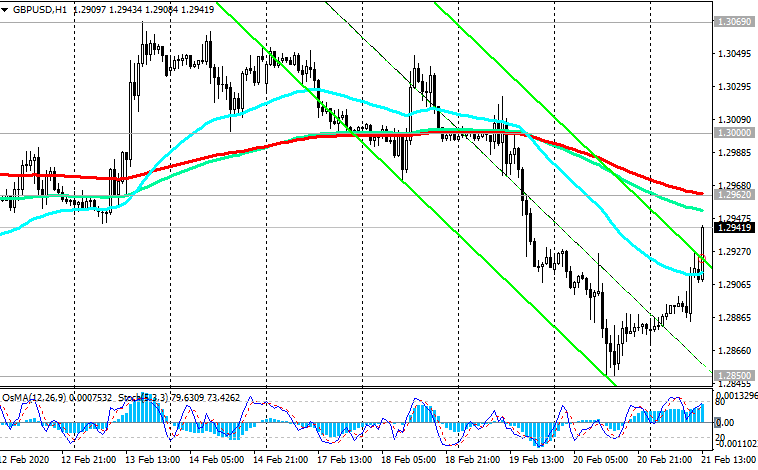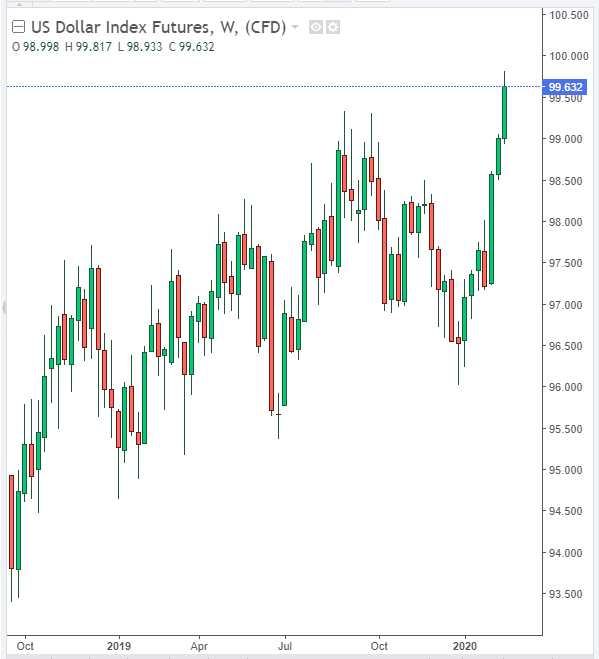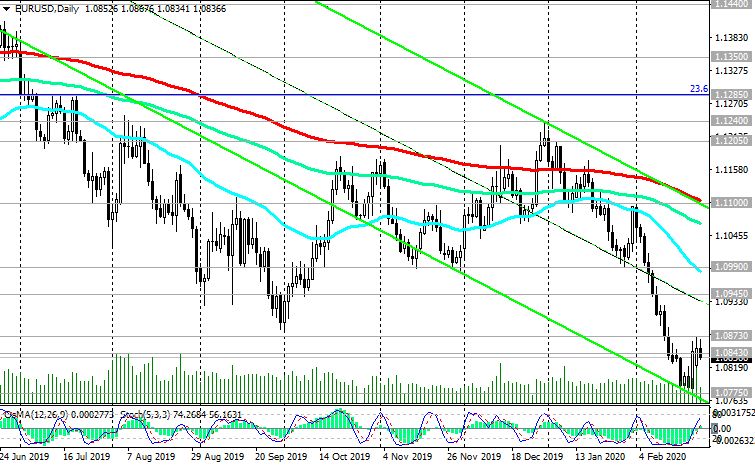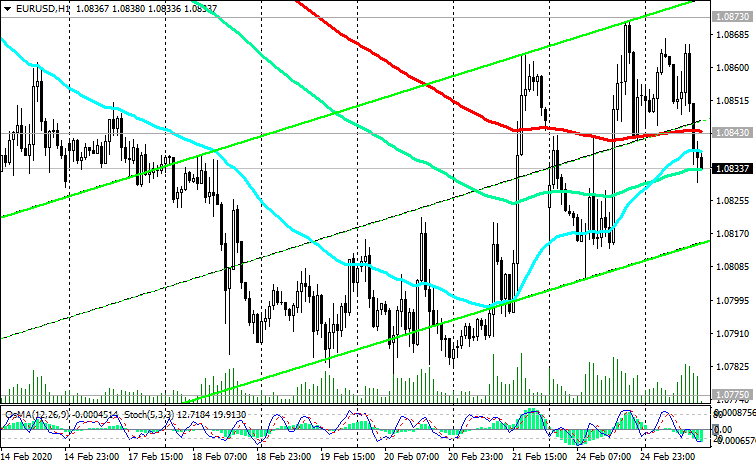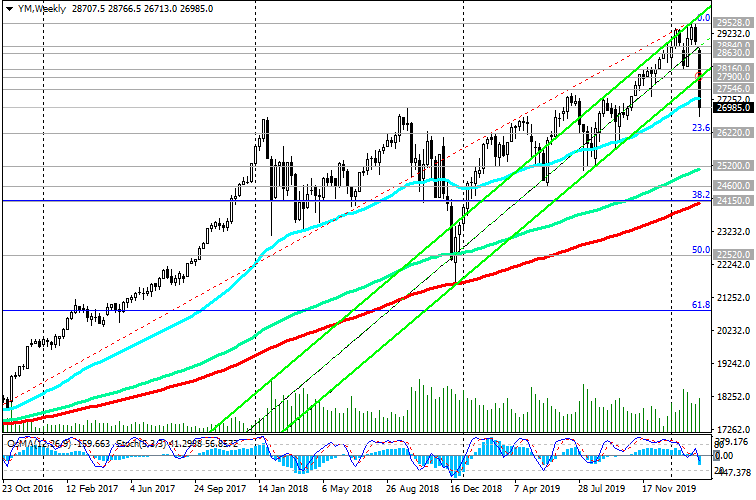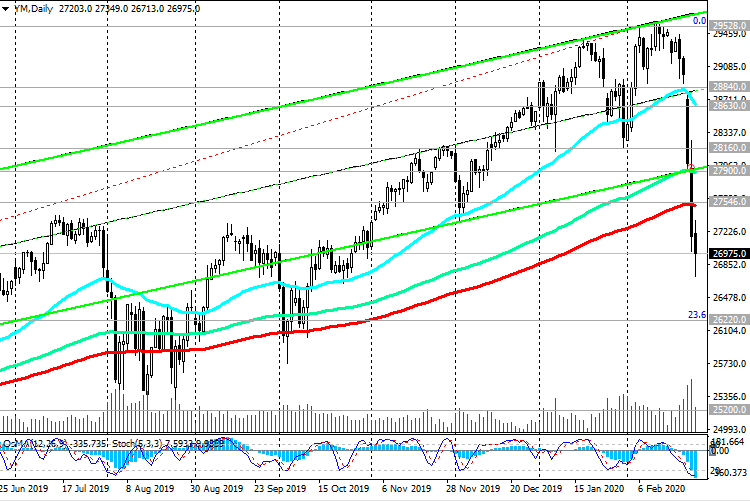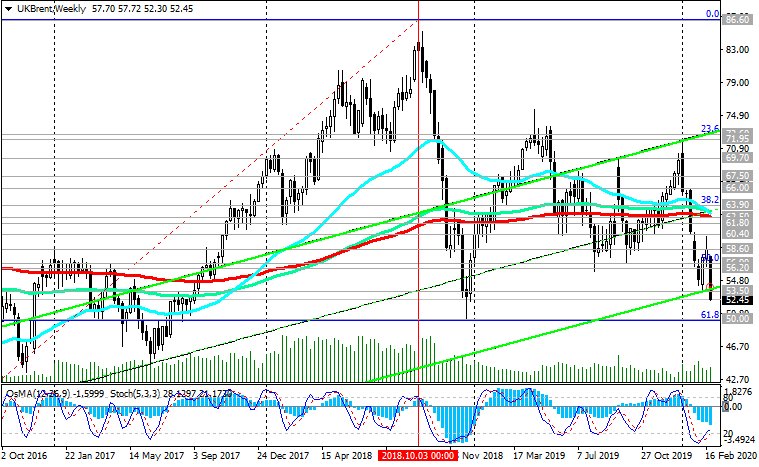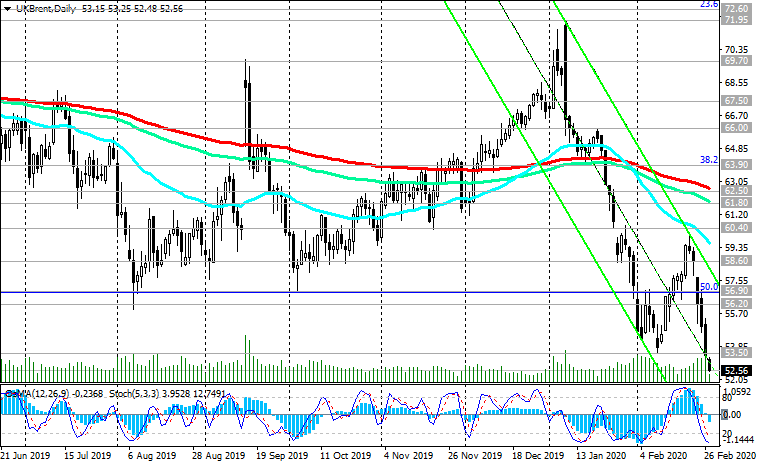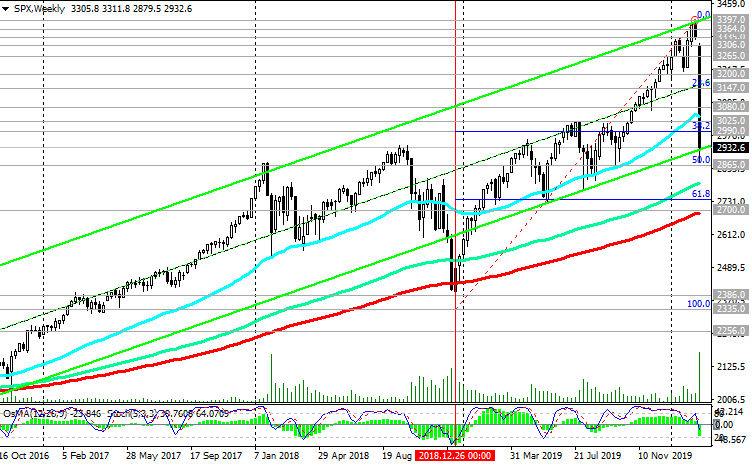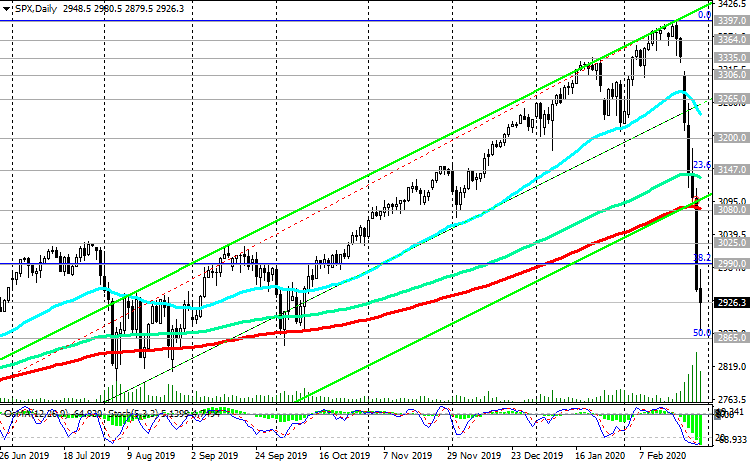TifiaFX
Established member
- Messages
- 641
- Likes
- 0
XAU/USD: Coronavirus pushes gold quotes up
31/01/2020
The "first phase" trade agreement between the United States and China, signed two weeks ago, eased tensions in trade relations between the two countries and gave a new positive impetus to stock indices. However, other factors may adversely affect economic growth in 2020.
A new negative factor of a global scale again threatens the global economy. This time, investor caution is fueled by fears about the spread of coronavirus in China. Representatives of the World Health Organization (WHO) have already expressed significant concern about the possibility of the spread of the virus outside of China.
In this situation, the demand for protective assets, including gold, is growing. A strong positive momentum remains, pushing gold quotes up. In case of breakdown of the nearest resistance level at 1585.00 (April 2013 highs and Fibonacci level 61.8% of the correction to the wave of decline from September 2011 and the mark of 1920.00), the XAU / USD pair will go towards the upper border of the upward channel on the weekly chart, passing near the mark of 1620.00.
In an alternative scenario and in case of breakdown of the short-term support level of 1569.00 (ЕМА200 on the 1-hour chart), XAU / USD will resume the decline with targets at the support levels of 1484.00 (Fibonacci level of 50%), 1456.00 (ЕМА200 on the daily chart). A further decline in XAU / USD is unlikely, and, in the current situation, long positions are preferred.
Support Levels: 1569.00, 1555.00, 1542.00, 1520.00, 1510.00, 1484.00, 1456.00, 1450.00
Resistance Levels: 1585.00, 1600.00, 1620.00
Trading recommendations
Sell Stop 1568.00. Stop-Loss 1586.00. Take-Profit 1555.00, 1542.00, 1520.00, 1510.00, 1484.00, 1456.00, 1450.00
Buy Stop 1586.00. Stop-Loss 1568.00. Take-Profit 1600.00, 1620.00
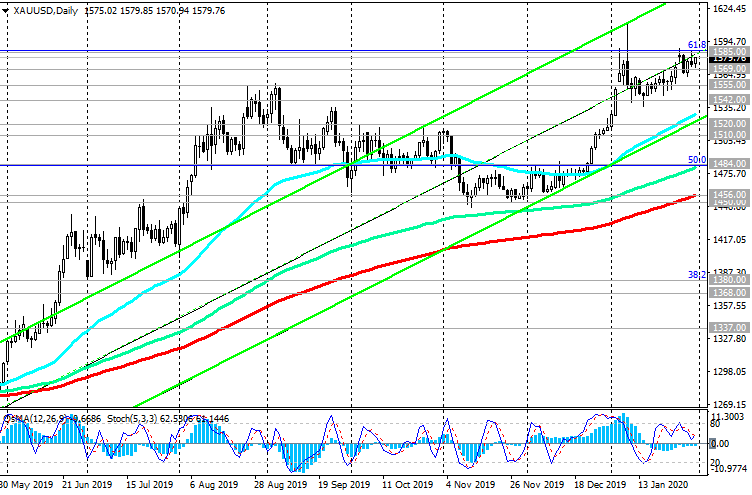
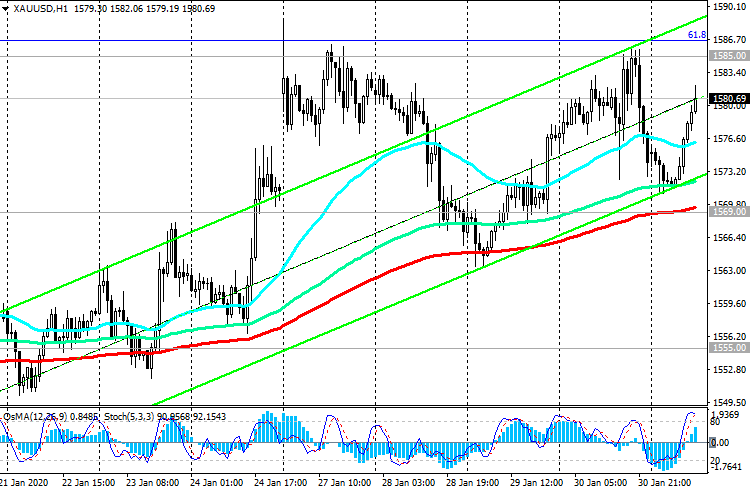
31/01/2020
The "first phase" trade agreement between the United States and China, signed two weeks ago, eased tensions in trade relations between the two countries and gave a new positive impetus to stock indices. However, other factors may adversely affect economic growth in 2020.
A new negative factor of a global scale again threatens the global economy. This time, investor caution is fueled by fears about the spread of coronavirus in China. Representatives of the World Health Organization (WHO) have already expressed significant concern about the possibility of the spread of the virus outside of China.
In this situation, the demand for protective assets, including gold, is growing. A strong positive momentum remains, pushing gold quotes up. In case of breakdown of the nearest resistance level at 1585.00 (April 2013 highs and Fibonacci level 61.8% of the correction to the wave of decline from September 2011 and the mark of 1920.00), the XAU / USD pair will go towards the upper border of the upward channel on the weekly chart, passing near the mark of 1620.00.
In an alternative scenario and in case of breakdown of the short-term support level of 1569.00 (ЕМА200 on the 1-hour chart), XAU / USD will resume the decline with targets at the support levels of 1484.00 (Fibonacci level of 50%), 1456.00 (ЕМА200 on the daily chart). A further decline in XAU / USD is unlikely, and, in the current situation, long positions are preferred.
Support Levels: 1569.00, 1555.00, 1542.00, 1520.00, 1510.00, 1484.00, 1456.00, 1450.00
Resistance Levels: 1585.00, 1600.00, 1620.00
Trading recommendations
Sell Stop 1568.00. Stop-Loss 1586.00. Take-Profit 1555.00, 1542.00, 1520.00, 1510.00, 1484.00, 1456.00, 1450.00
Buy Stop 1586.00. Stop-Loss 1568.00. Take-Profit 1600.00, 1620.00



